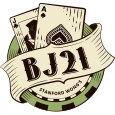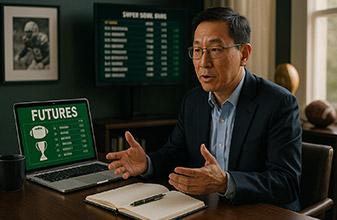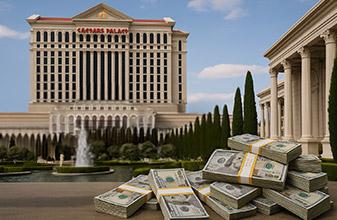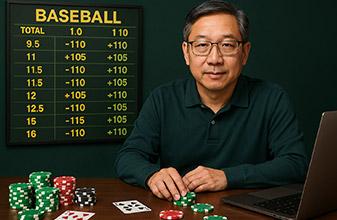One step further
I suspect that where we disagree is really just a matter of what constitutes a "hunch" and what constitutes an intelligent decision. Please check my math and see if this makes sense:
In a single-deck game, each player can expect to receive a BJ approximately every 21 hands. This means that the player can expect to receive a "profit" of a half-unit every 21 hands. Assuming that 100 hands per hour is easily attainable in single-deck and that the player and dealer will receive BJs in equal amounts, over the course of an hour a player's profit from BJs alone will be ~2.38 units ((100 / 21) * .5 units).
In the particular situation described by 49_and_Counting, he won't be getting any BJs at all for the remainder of that deck. Whatever advantage the TC tells him he has, he must bet before the next hand knowing that he's giving up approximately .024 units before the cards even hit the table.
Of course, as you pointed out, the sims DO include plenty of occasions when all four aces disappear in the first round. The advantage at each TC along the number-line is derived from decks having all sorts of "first hands". In some decks, there are first rounds in which NO aces come out on the first hand, one ace comes out, two aces come out, etc. It is more than just a "hunch" for "49" to realize that, of the five basic situations (0-4 aces remaining), the four most prosperous ones for the player have been eliminated. In fact, if we assume that 13 cards were played in the first round, more than three-fourths of all simulated decks can now be tossed out the window, because they're no longer relevant. That three-fourths surely represents (as a group) a sizable chunk of the more lucrative decks. With them eliminated, we have no way to nail down just what our advantage is at each TC. We only know that whatever advantage-figure we usually associate with a particular TC is too high. Since we don't have any more data than that, I'd definitely go with a conservative bet-ramp. You may see that as a "hunch"; I just see it as a logical adjustment.
From Beat The Dealer by Edward O. Thorp (p. 118 in my copy):
"Your results improve further if you adjust your bet size for an excess or shortage of Aces. When all the Aces are gone, subtract 4 percent from your estimated advantage. When the deck has twice as many Aces as normal, add 4 per cent to your estimated advantage."
Of course, Thorp's figure may not be accurate, although I'm sure it's in the ball park. Also, he brings up this point while discussing his Ten-Count system. Nonetheless, it wouldn't be a stretch at all if 49_and_Counting assumes that his disadvantage has dropped by some amount. He will have deduced on his own what Thorp reported after running who-knows-how-many simulations. If "49" reached your TC of +6 for a "3%" advantage, Thorp's adjustment (or something close to it) puts him back into a negative EV situation, or at best a "neutral" one.
To put it another way, you have the choice of sitting down at a table where all four aces have just been dealt, or at a table where no aces have been played. At both tables, the count is identical. If you'd prefer to play one over the other, you're essentially saying that you're willing to bet more money at one table than the other. If you had the opportunity to play both tables at the same time, are you saying that the size of your bets at each table would be identical, as long as the counts at each table were identical? Would you be incorporating a "hunch" to bet more at the table where no aces have been played?










